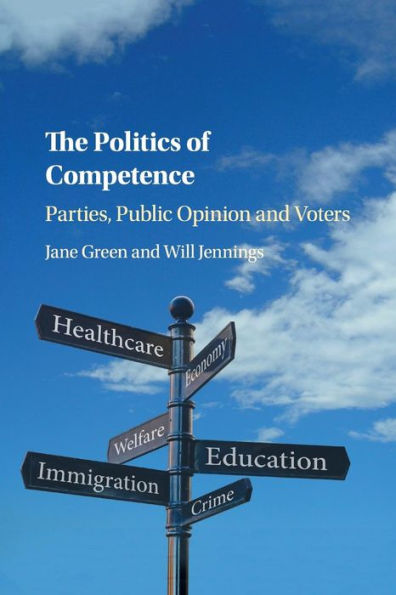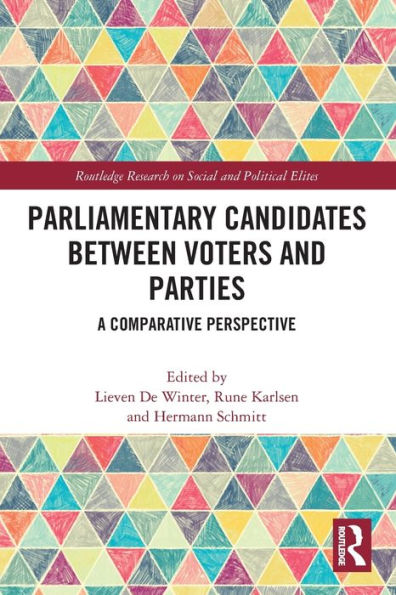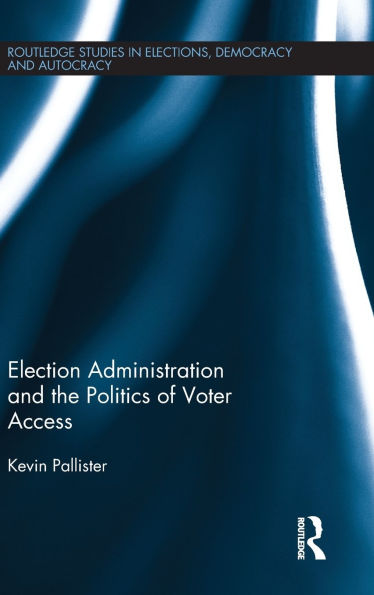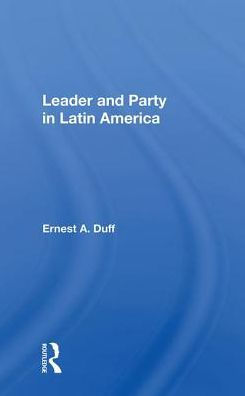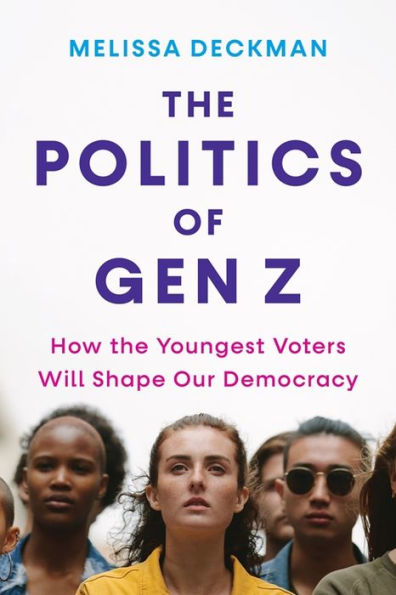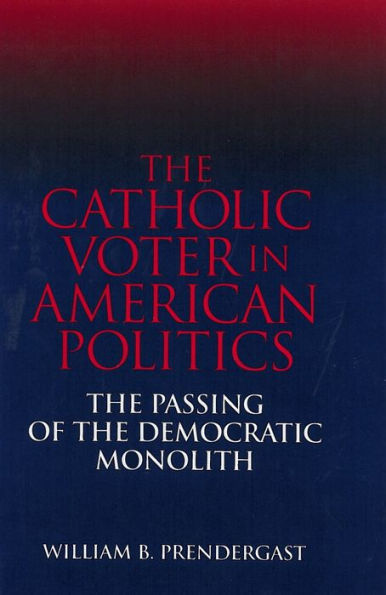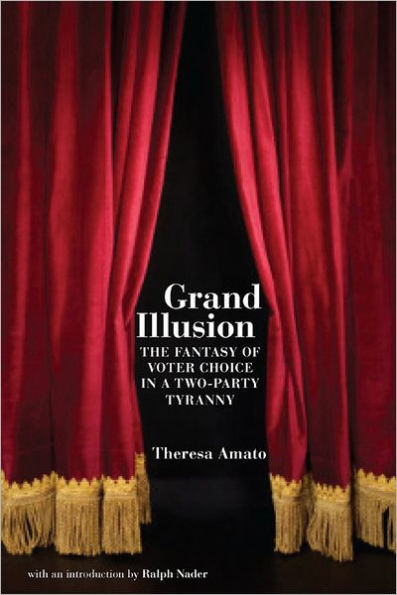Home
Politics Manitoba: Parties, Leaders, and Voters
Barnes and Noble
Politics Manitoba: Parties, Leaders, and Voters
Current price: $28.95
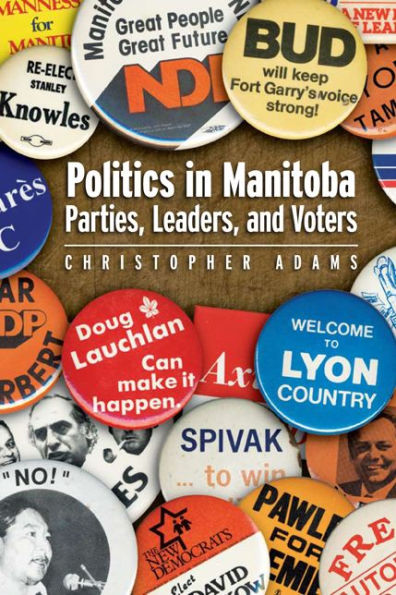

Barnes and Noble
Politics Manitoba: Parties, Leaders, and Voters
Current price: $28.95
Size: Paperback
Loading Inventory...
*Product information may vary - to confirm product availability, pricing, shipping and return information please contact Barnes and Noble
Politics in Manitoba
is the first comprehensive review of the Manitoba party system that combines history and contemporary public opinion data to reveal the political and voter trends that have shaped the province of Manitoba over the past 130 years. The book details the histories of the Progressive Conservatives, the Liberals, and the New Democratic Party from 1870 to 2007. Adams looks in particular at the enduring influence of political geography and political culture, as well as the impact of leadership, campaign strategies, organizational resources, and the media on voter preferences. Adams also presents here for the first time public opinion data based on more than 25,000 interviews with Manitobans, conducted between 1999 and 2007. He analyzes voter age, gender, income, education, and geographic location to determine how Manitobans vote. In the process Adams dispels some commonly held beliefs about party supporters and identifies recurring themes in voter behaviour.
is the first comprehensive review of the Manitoba party system that combines history and contemporary public opinion data to reveal the political and voter trends that have shaped the province of Manitoba over the past 130 years. The book details the histories of the Progressive Conservatives, the Liberals, and the New Democratic Party from 1870 to 2007. Adams looks in particular at the enduring influence of political geography and political culture, as well as the impact of leadership, campaign strategies, organizational resources, and the media on voter preferences. Adams also presents here for the first time public opinion data based on more than 25,000 interviews with Manitobans, conducted between 1999 and 2007. He analyzes voter age, gender, income, education, and geographic location to determine how Manitobans vote. In the process Adams dispels some commonly held beliefs about party supporters and identifies recurring themes in voter behaviour.
